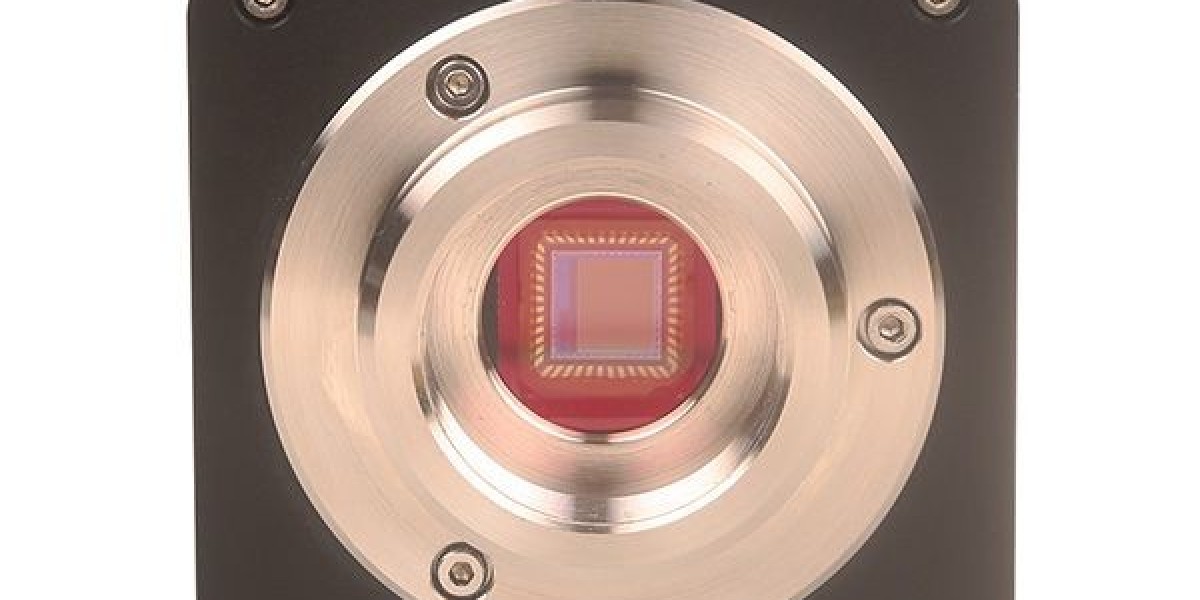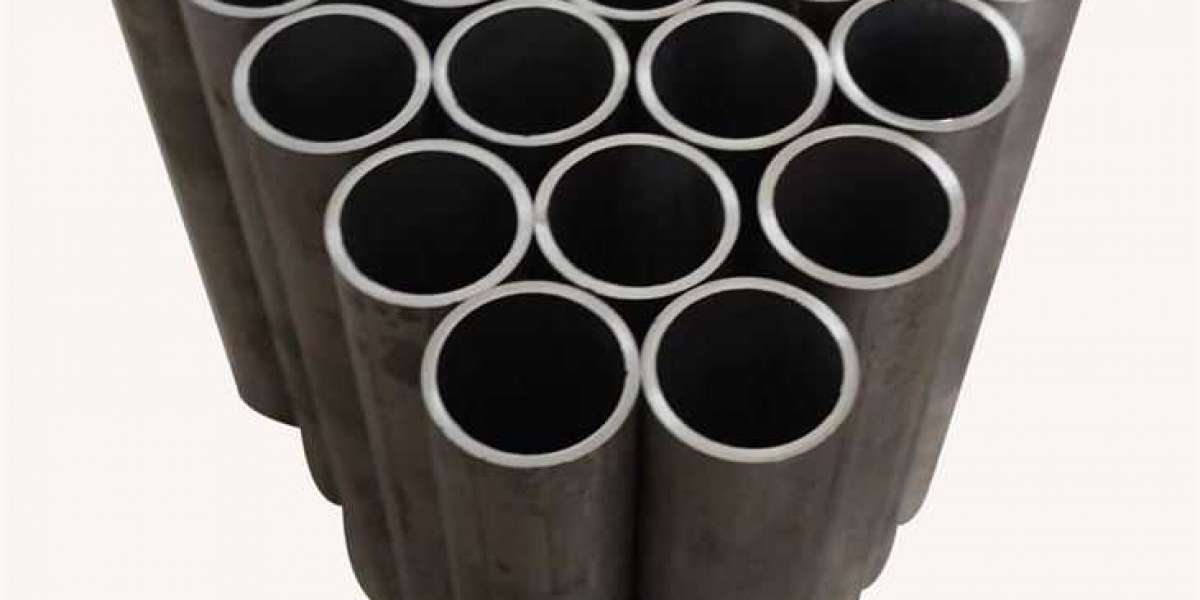High-quality photos and videos of microscopic specimens can be taken with the help of powerful microscope cameras. But just like any other electronic device, they occasionally run into issues. Here are some common problems you may encounter with microscope cameras, along with troubleshooting tips to resolve them:
Problem 1: No Image or Blurry Image
Possible Causes:
l Improper microscope setup: Make sure the specimen is properly focused and aligned with the microscope.
l Incorrect camera settings: To maximize the quality of the image, adjust the camera's settings, including exposure, contrast, and brightness.
l Dirty or damaged objective lens: Use lens paper and lens cleaning solution to clean the objective lens.
l Damaged camera: Should the camera sustain physical harm, it might require replacement or repair.
Troubleshooting Tips:
l Check the microscope setup: Make sure the objective lens is firmly mounted and that the eyepiece tubes are aligned correctly.
l Adjust the camera settings: Try a variety of camera configurations to determine which works best for your specimen.
l Clean the objective lens: Make sure there are no smudges or debris on the objective lens by gently cleaning it with lens paper and lens cleaning solution.
l Inspect the camera for damage: Look for any indications of physical damage, like dents or cracks, as these could point to a hardware problem.
Problem 2: Camera Not Detected by Computer
Possible Causes:
l Incorrect driver installation: Verify that your computer has the appropriate drivers installed for the microscope camera.
l Faulty USB cable: A different USB cable might work better to connect the camera to your PC.
l Incompatible camera: Make sure the USB ports and operating system on your computer are compatible with the microscope camera.
Troubleshooting Tips:
l Check driver installation: Make sure your computer has the most recent drivers installed for the microscope camera. The relevant drivers can be downloaded and installed from the manufacturer's website.
l Test the USB cable: Try connecting the camera to your computer with a different USB cable. The original cable may be defective if the camera is detected using a different cable.
l Verify camera compatibility: Verify the microscope camera's compatibility with your computer's operating system and USB ports by consulting the manufacturer's specifications.
Problem 3: Image Noise or Artifacts
Possible Causes:
l High ISO setting: To reduce noise in the image, lower the ISO setting.
l Improper exposure: To enhance the quality of the image and minimize noise, modify the exposure settings.
l Dirty sensor: Use a sensor cleaning kit or hire a cleaning service to get the camera sensor clean.
Troubleshooting Tips:
l Lower ISO setting: Lower the ISO setting to a lesser amount. Longer exposure times might be necessary, but noise will be reduced with a lower ISO setting.
l Adjust exposure: Try varying the exposure level until you achieve the ideal harmony between brightness and noise.
l Clean camera sensor: Image artifacts and noise may arise from a dirty camera sensor. Use a sensor cleaning kit or hire a cleaning service to get the sensor clean.
For anyone who uses a microscope camera, being able to troubleshoot common issues with these devices is essential. Through comprehension of possible problems and the application of efficient troubleshooting techniques, you can preserve the functionality of your apparatus, enhance image capture, and acquire important problem-solving abilities.








